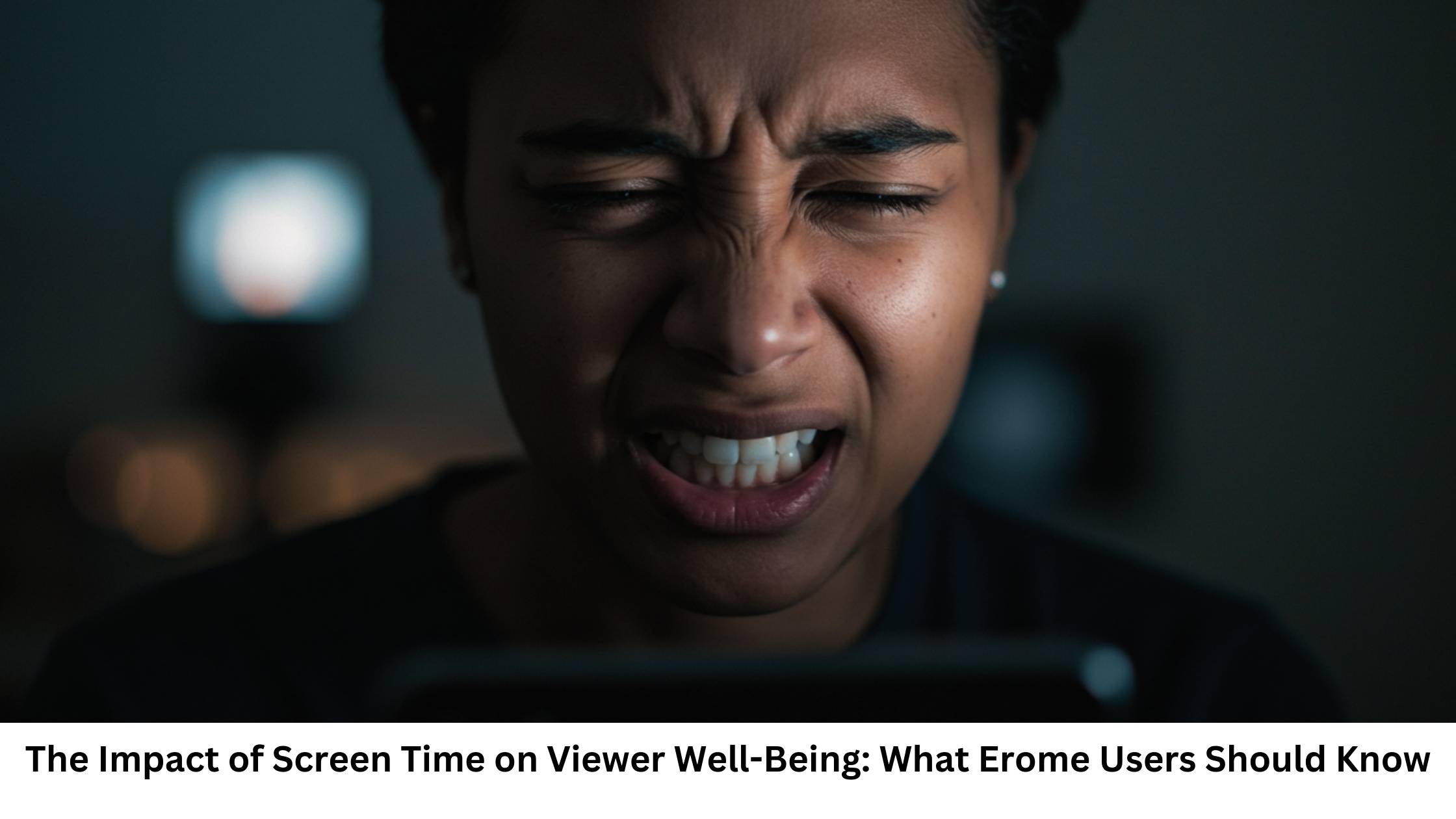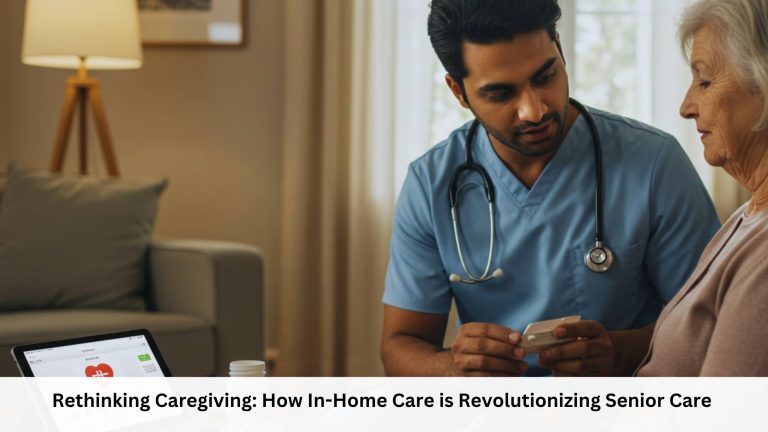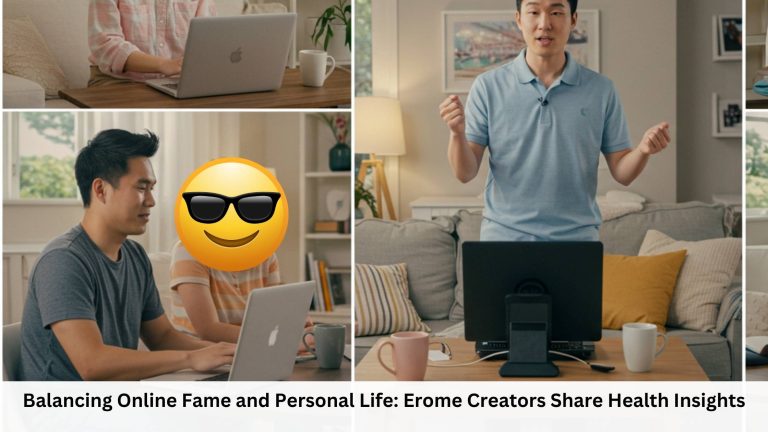
Why Are We Glued to Screens More Than Ever Before?
It’s a question many of us quietly ask ourselves: “Am I spending too much time watching videos?” Whether it’s a late-night scroll through curated collections on Erome or a quiet evening binge, the hours can slip by. For users of modern platforms like Erome, the concern isn’t just about screen time—it’s about how that screen time makes us feel after.
The Upside of Screen Time (Yes, There Is One)
Before we go into concerns, let’s be clear—screen time isn’t automatically harmful. Platforms like Erome offer a space to explore personal interests, connect with others who share similar values, and unwind. For many, it’s a stress-relief outlet or a way to feel less isolated. Used consciously, screen-based activities can become a source of emotional comfort and even inspiration.
What Exactly Is “Too Much” Screen Time?
How Much Is Normal?
According to a 2023 report from Statista, adults globally average around 6 hours and 58 minutes of screen time daily. While not all of that is on platforms like Erome, it shows how integral digital consumption has become. But here’s where context matters—an hour spent in focused, personal enjoyment isn’t the same as passive scrolling.
When Enjoyment Becomes a Habit
Repetitive viewing habits can trigger automatic behaviors—think of how a quick browse turns into hours of content. The dopamine loop, a known psychological cycle, reinforces this behavior by rewarding you with short-term pleasure, encouraging you to stay longer.
How Erome Fits Into the Modern Viewer’s Routine
Unique Content Personalization
Erome stands out because of its user-curated libraries, community uploads, and visual freedom. But with high engagement features comes the potential for prolonged screen time. What draws viewers in is the seamless browsing experience and the emotional resonance of content. These are the exact attributes that can also lead to extended periods online.
Community Aspect and Real People
Engaging with creators who feel relatable builds a sense of digital intimacy. This isn’t inherently bad—it’s human to connect. But those connections can make logging off emotionally harder.
Psychological Signals You Shouldn’t Ignore
Feeling Tired but Not Rested
Excessive visual stimulation—especially in the evening—can disturb your circadian rhythm. Research published in the Journal of Clinical Sleep Medicine points to screen exposure delaying melatonin production.
Difficulty Concentrating During Offline Tasks
A telltale sign of digital fatigue is struggling with activities that require attention. That could mean trouble reading, lower patience, or difficulty being present with others.
Dependency Cues
When reaching for your phone feels like a reflex, or you’re constantly checking for updates on platforms like Erome even when not in the mood to view, it may indicate emotional dependence.
Learn about Staying Healthy as a Full-Time Erome Creator: Tips for Physical & Mental Wellness
Physical Health Is Part of the Equation Too
Screen-Induced Eye Strain
Long exposure to screens, especially in low-light settings, leads to digital eye strain, also known as computer vision syndrome. Symptoms include dry eyes, headaches, and blurry vision.
Posture and Musculoskeletal Issues
The average Erome session isn’t viewed at a desk with an ergonomic chair—it’s often on the couch or in bed. Slouching postures over time can result in neck and back pain.
Disrupted Sleep Patterns
Blue light emitted from screens suppresses melatonin and delays REM sleep. Users often find it harder to fall asleep or feel truly rested the next day.
How Screen Time Impacts Well-Being
| Impact Area | Description | Signs to Watch For |
| Mental Clarity | Diminished focus due to dopamine overuse | Low attention span, task switching |
| Emotional Balance | Reliance on videos for mood regulation | Mood swings, social withdrawal |
| Physical Health | Strain on eyes, neck, and overall posture | Eye dryness, neck pain, body fatigue |
| Sleep Quality | Melatonin disruption from late-night screen exposure | Insomnia, frequent night waking |
| Time Management | Reduced time for real-life activities | Missed appointments, poor productivity |
How to Use Erome Without Compromising Mental Health
Make Time Intentional, Not Automatic
Instead of reaching for your device on impulse, decide on set periods to enjoy your favorite creators. Use a timer if it helps. The goal is not restriction but balance.
Curate What You Watch
Just like unhealthy food, not all content is nourishing. Follow creators who align with your values or whose uploads spark something positive. Avoid the “scroll trap” by bookmarking your go-to profiles.
Take Digital Pauses
Every 45 minutes, pause and look at something in the distance, stretch your arms, or take a quick walk. This isn’t just physical—it gives your mind a moment to recalibrate.
Real People, Real Stories
A user from the Netherlands shared on a forum how he found himself becoming emotionally attached to certain creators. “I realized I wasn’t watching for entertainment anymore—it was comfort watching. It started to feel like I knew them.” It’s stories like these that show the emotional complexity of screen time. These are not passive experiences; they leave a mark.
Tools and Techniques to Regulate Viewing Time
Built-In Screen Time Trackers
Most smartphones today offer built-in tools that monitor app usage. For frequent Erome visitors, this can be a way to observe patterns without judgment.
Light-Filtering Apps
Use blue light filters especially if you’re viewing content at night. These help reduce the impact on your sleep and overall eye health.
Mindfulness Techniques
Incorporating mindfulness before and after viewing sessions can ground you. Try deep breathing for 2–3 minutes or light journaling about how the content made you feel.
Find out Mental Health and Content Creation on Erome
Where Culture Meets Consumption
Social Perception and Digital Norms
Platforms like Erome exist in a world that often blurs the lines between exploration and overexposure. As the normalization of content-rich platforms grows, so does the tendency to associate digital interaction with self-worth.
Emotional Regulation in Digital Spaces
Many viewers use content as a way to regulate emotions—whether it’s to wind down after work or escape stress. It’s not always a bad thing, but over time, dependency can sneak in.
The Role of Platform Responsibility
Features That Encourage Healthy Use
While viewers carry responsibility, platforms also play a role. Time-based reminders, viewing analytics, or mood check-ins can subtly nudge users toward healthier choices. Erome has the opportunity to explore features that prioritize well-being alongside engagement.
Transparency and Community Safety
Content moderation, reporting tools, and safety features aren’t just for creators—they help viewers maintain trust in the platform. Knowing there are boundaries makes the digital space feel more structured and less chaotic.
What Can Parents and Partners Do?
Start With Open Conversations
Avoid shaming or guilt-tripping. Talk about content consumption the same way you’d discuss eating habits. Ask how it makes the person feel, rather than how much time they spent.
Encourage Offline Interests
Helping someone find joy in offline hobbies isn’t about replacing screen time—it’s about supplementing it. Reading, cooking, or even short walks offer balance.
Watch Together, Not Apart
Sometimes, sharing content and talking about it after can create a shared experience that adds value beyond just watching alone.
Conclusion: Making Peace With Your Digital Habits
Screen time doesn’t have to be the villain in your daily routine. Like anything meaningful, it’s about how you use it and what you take away from the experience. For Erome users, understanding your emotional and physical responses to content is the first step. Take time to reflect on what you’re consuming, how often, and why. With awareness and small shifts, you can enjoy everything Erome offers—without sacrificing your well-being.






